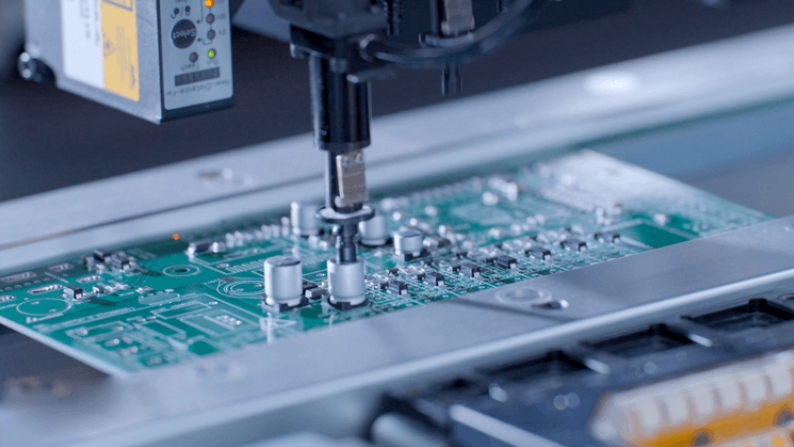The electronics manufacturing landscape is continuously evolving, with Surface Mount PCB Assembly spearheading advancements that define the industry. This sophisticated manufacturing process has become the backbone of creating high-quality electronic devices that dominate the market today.
Surface Mount Technology, or SMT, has changed how we make printed circuit boards (PCBs). It lets us put components right on the board's surface. This technological feat has made the mass production of intricate electronic devices possible, marking a significant leap from traditional methods.

A fundamental advantage of utilizing SMT components lies in their ability to enhance the packing density on PCBs. This miniaturization is critical as it directly correlates with the functionality and portability of modern electronic devices, whilst maintaining high quality and reliability in the assembly process.
The PCB assembly line benefits from the integration of Surface Mount Technology, with processes like screen printing where solder paste is applied to the board to prepare for component placement. The use of hot air soldering techniques ensures that even the smallest surface mount device is securely and accurately attached, contributing to the overall robustness of the circuit board assembly.
In response to environmental concerns and regulations, lead-free solder materials have been widely adopted in SMT assembly, signifying the industry's commitment to greener manufacturing practices. This shift also aligns with consumer expectations for eco-conscious electronics, without compromising on the quality of the surface mount PCB.
PCB design is a critical step in ensuring the success of the Surface Mount PCB assembly. It encompasses the careful planning of circuit layout and the placement of SMT components, considering the efficiency of the assembly process and the reduction of lead time from design to production.
To prolong the life of a printed circuit board (PCB), conformal coatings are applied to shield against moisture, dust, chemicals, and temperature extremes. This protective layer plays a pivotal role in ensuring the high quality of the final product, particularly in harsh operating environments.
Quality assurance is a key component of the SMT assembly process. Advanced Optical Inspection (AOI) systems provide a non-intrusive means to detect potential defects at various stages of the PCB assembly, allowing for immediate correction and ensuring that each surface mount PCB meets the stringent quality standards set by the industry.
The use of hot air in reflow soldering during the SMT process plays a vital role in ensuring the secure attachment of surface mount components. By precisely controlling the temperature, manufacturers can achieve strong solder joints, which are essential for the long-term reliability of the surface mount device.
Efficiency in production and minimization of lead time are crucial competitive advantages in the industry. Through agile circuit board assembly practices, companies strive to streamline their operations, rapidly transitioning from design to final product while maintaining the integrity and high quality of their electronics.
As we advance, Surface Mount PCB Assembly stands as a testament to the intricate ballet of technology and innovation in the world of electronics manufacturing. This process has not only streamlined the way we create devices but also enhanced their quality, efficiency, and environmental compatibility. With every PCB assembled, the future of electronics manufacturing becomes more integrated, more precise, and more attuned to the needs of both the consumer and the global ecosystem.